overview of the project
Sparks is a team at Carnegie Mellon University Entertainment Technology Center. The team members consist of Valerie Li, Ash Wang, Peter Xiao, Jerry Yu, and Yukti Gupte.
We collaborated with Dr. Samira Kiani from the University of Pittsburgh Liver Research Center to create an interactive educational experience to bridge the gap between scientists and high school students. The goal is to educate and inform them about advancements being made in CRISPR and gene-editing technology, and give them a nuanced and balanced perspective on what has historically been a controversial topic. The final deliverable was a WebGL experience created in Unity that allows players to explore a rich and lively environment full of mini-games, interactive elements, and puzzles; while also watching videos from verified and reliable sources that educate them about CRISPR.
What went well
The experience we created, known as “Unmute” , had an overwhelmingly positive reception from its audience. 83% of high school students surveyed who played through our experience said they were able to acquire new information and learn more about CRISPR.
The experience was described as fun and engaging by playtesters. We were able to populate our environment with elements that motivated people to explore it and spend more time engaging with it.
The whole team always functioned as a cohesive unit. We were able to exchange ideas and support each other in every way and were able to do so without friction. Each team member had a great deal of respect for the skills and expertise of others and we were able to support each other in putting our best work forward.
Our client was always very supportive and accommodating and was particular about giving us a significant amount of creative freedom and positive feedback; both of which were invaluable to our development.
What could have been better
As it was a discovery project, it took us a long time to finalize a direction and goal for the project. This cost us a couple of weeks of valuable time.
There was a lack of clarity surrounding whom the experience was designed for. The shift from “general public” as a target audience to “high school students” happened long after the design and ideation phase, which meant we were not able to design to our target audience as much as would have been ideal – both in terms of experience design and art direction.
Lessons learned and conclusion
Takeaways:
Define scope and objective early on.
Always ask “who is the target audience” at the earliest possible time.
Plan out weekly targets and objectives early on in order to finish on time.
Project Hand-over
The project will be handed off to the client with appropriate technical documentation, which will cover the implementation of all the major systems in the experience. Particularly, the document can teach readers how to change the content step by step. Our client plans to make the experience live and host it on her own server affiliated with the project “Tomorrow Life”, so we will help shift all the Unity build files from the ETC dev server to the server of Tomorow Life. She also plans to bring on board a team that will make use of the documentation we have provided in order to update the content of the videos in our experience.
